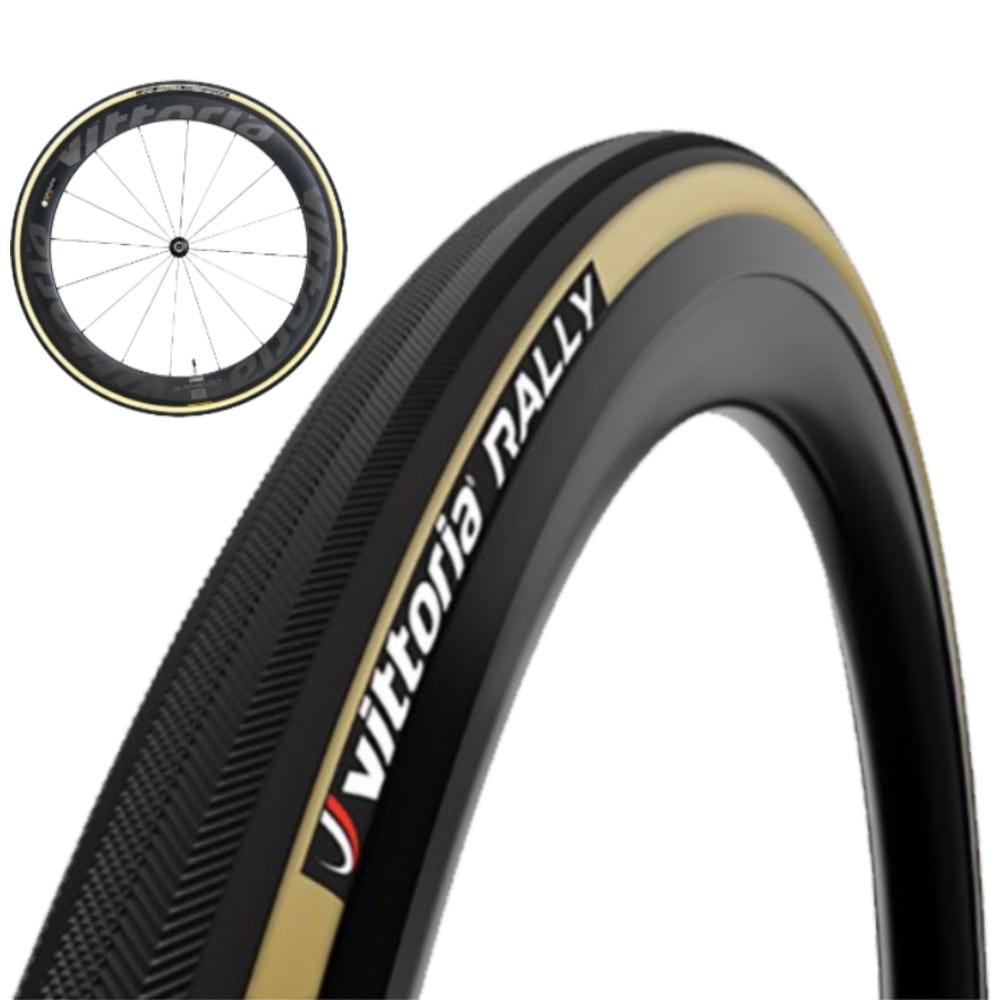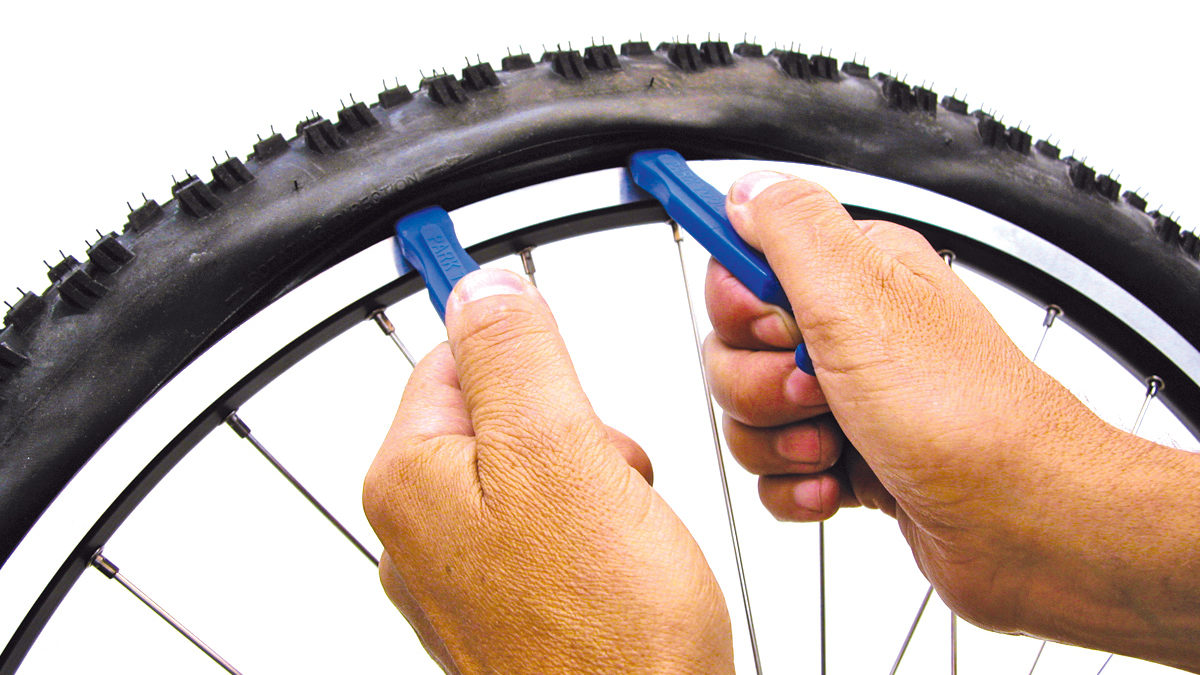Understanding the Role of a Tire Tube in Road Biking
A tire tube is a crucial component of a road bike, responsible for maintaining the tire’s shape and providing airtightness to support the rider’s weight and ensure a smooth ride. The tire tube is a rubber or plastic chamber that is filled with air and inserted into the tire. It is essential to select the right road bike tire tube to ensure optimal performance, durability, and safety.
Materials and Construction: Key Factors to Consider
When selecting a road bike tire tube, it is essential to consider the materials and construction methods used in manufacturing. The most common materials used for tire tubes are butyl rubber and latex. Butyl rubber is a less expensive option that offers good puncture resistance and durability, while latex is lighter, more flexible, and provides better road feel but is more expensive and less puncture-resistant.
Construction methods also play a significant role in the performance and durability of tire tubes. Some tire tubes are made with a single layer of material, while others have multiple layers for added protection. Additionally, some tire tubes have a removable valve core, which allows for the use of different types of valve extenders, while others have a fixed valve core.
When choosing a tire tube, it is essential to balance the trade-offs between materials and construction methods to find the best option for your specific needs and preferences. For example, if you prioritize puncture resistance and durability, a butyl rubber tire tube with multiple layers may be the best choice. However, if you prefer a lighter and more flexible option, a latex tire tube with a single layer may be a better fit.
Selecting the Right Size: A Crucial Step
Choosing the right size tire tube is essential to ensure a proper fit and optimal performance for your road bike. The size of the tire tube is determined by the wheel size and tire width of your bike. To determine the correct size, you will need to know the wheel diameter (e.g., 700c) and tire width (e.g., 23mm, 25mm, or 28mm) of your bike.
Once you have this information, you can refer to the tire tube size chart provided by the manufacturer to find the appropriate tire tube size. It is important to note that some tire tubes are designed to fit a range of wheel and tire sizes, while others are specific to a particular size. Be sure to choose a tire tube that matches the wheel and tire size of your bike to ensure a proper fit.
Additionally, it is important to consider the type of valve stem when selecting a tire tube. The most common types of valve stems are Presta and Schrader. Presta valves are narrower and longer, and are commonly used on high-performance road bikes, while Schrader valves are wider and shorter, and are commonly used on mountain bikes and hybrid bikes. Be sure to choose a tire tube with the correct valve stem for your bike.
Top Recommended Road Bike Tire Tubes on the Market
When it comes to selecting the right road bike tire tube, there are several options available on the market. Here are some of the top recommended tire tubes to consider:
- Continental Race Light Tire Tube: This tire tube is made of lightweight butyl rubber and features a Continental-specific removable valve core. It is designed for high-performance road bikes and is known for its durability and puncture resistance.
- Vittoria Ultralight Tire Tube: This tire tube is made of high-quality latex and is designed for road bikes that prioritize weight savings and road feel. It is lightweight and flexible, but may require more frequent inflation due to its porous nature.
- Michelin Pro Race Tire Tube: This tire tube is made of butyl rubber and features a removable valve core. It is designed for high-performance road bikes and is known for its durability, puncture resistance, and affordability.
- Schwalbe SV12 Aerothan Tire Tube: This tire tube is made of a unique plastic material called Aerothan, which is known for its lightweight and aero properties. It is designed for high-performance road bikes and is known for its durability, puncture resistance, and low rolling resistance.
When selecting a tire tube, it is essential to consider factors such as price, durability, and performance. Be sure to choose a tire tube that meets your specific needs and preferences, and fits the wheel and tire size of your bike.
How to Install a Tire Tube: A Step-by-Step Guide
Installing a tire tube on a road bike is a relatively simple process that can be done with a few basic tools. Here are the steps to follow for a successful installation:
- Remove the wheel: Start by removing the wheel from the bike. Use a quick-release lever or a wrench to loosen the bolts, and carefully remove the wheel from the frame or fork.
- Deflate the tire: If the tire is already inflated, use the valve to let out the air. This will make it easier to remove the tire from the rim.
- Remove the tire from the rim: Use tire levers to pry one side of the tire bead off the rim. Once you have a gap, slide the tire lever along the rim to remove the rest of the tire. Be careful not to damage the tire or rim in the process.
- Remove the old tire tube: Carefully remove the old tire tube from the tire. Check the tire for any debris or damage that may have caused the puncture.
- <Inflate the new tire tube slightly: Before inserting the new tire tube, inflate it slightly to give it some shape. This will make it easier to insert into the tire.
- Insert the new tire tube: Insert the new tire tube into the tire, making sure that the valve stem is properly aligned with the hole in the rim. Once the tire tube is in place, use your hands to carefully push the tire bead back onto the rim.
- Inflate the tire: Use a pump to inflate the tire to the recommended pressure. Be sure to check the tire pressure regularly, as under-inflated tires can lead to poor performance and increased risk of punctures.
- Reinstall the wheel: Once the tire is inflated, reinstall the wheel onto the bike. Be sure to tighten the bolts securely, and check that the wheel is properly aligned with the frame or fork.
By following these steps, you can ensure a successful installation of your new road bike tire tube. Regular maintenance and care can help extend the lifespan and performance of your tire tube, ensuring a safe and enjoyable ride.
Maintaining Your Tire Tube: Tips and Tricks
Regular maintenance and care can help extend the lifespan and performance of your road bike tire tube. Here are some tips and tricks to keep in mind:
- Check the tire pressure regularly: Under-inflated tires can lead to poor performance and increased risk of punctures. Use a tire gauge to check the tire pressure regularly, and inflate the tire to the recommended pressure.
- Inspect the tire for debris: After each ride, inspect the tire for any debris or damage that may have caused a puncture. Remove any debris carefully, and check the tire for any signs of wear or damage.
- Clean the tire tube: After each ride, wipe down the tire tube with a clean, damp cloth to remove any dirt or debris. This can help prevent the buildup of grime and reduce the risk of punctures.
- Store the tire tube properly: When not in use, store the tire tube in a cool, dry place away from direct sunlight. This can help prevent the tire tube from drying out and cracking.
- Check for leaks: Before each ride, check the tire tube for any leaks or punctures. Inflate the tire to the recommended pressure, and listen for any hissing sounds or feel for any soft spots.
- Replace the tire tube regularly: Tire tubes have a limited lifespan, and should be replaced regularly to ensure optimal performance and safety. Check the tire tube for any signs of wear or damage, and replace it if necessary.
By following these tips and tricks, you can help maintain and care for your road bike tire tube, ensuring a longer lifespan and better performance. Regular maintenance and care can also help prevent common problems and reduce the risk of punctures, ensuring a safe and enjoyable ride.
Troubleshooting Common Issues with Tire Tubes
Even with regular maintenance and care, common issues can still arise with road bike tire tubes. Here are some of the most common problems and solutions for fixing them:
- Punctures: Punctures are one of the most common issues with road bike tire tubes. If you experience a puncture, use a tire repair kit or replace the tire tube with a new one. Be sure to inspect the tire for any debris or damage that may have caused the puncture, and remove any debris carefully.
- Leaks: Leaks can occur due to a variety of reasons, such as punctures, wear and tear, or damage to the tire tube. If you notice a leak, use a soapy water solution to locate the source of the leak. Once you have identified the source, use a tire repair kit or replace the tire tube with a new one.
- Improper inflation: Improper inflation can lead to poor performance and increased risk of punctures. Use a tire gauge to check the tire pressure regularly, and inflate the tire to the recommended pressure.
- Incorrect size: Using an incorrect size tire tube can lead to poor performance and increased risk of punctures. Be sure to choose the right size tire tube for your road bike, taking into account factors such as wheel size and tire width.
- Damage during installation: Damage can occur during the installation process if not done correctly. Be sure to follow the steps for installing a tire tube carefully, and avoid using tools that can damage the tire or tire tube.
By understanding these common issues and solutions, you can troubleshoot and fix problems with your road bike tire tube, ensuring a safe and enjoyable ride. Regular maintenance and care can also help prevent these issues from occurring in the first place, ensuring optimal performance and safety.
Conclusion: Making an Informed Decision
When it comes to selecting the right road bike tire tube, there are several factors to consider, from materials and construction to size and performance. By understanding the role of a tire tube in a road bike, the different materials and construction methods used, and how to choose the right size, you can make an informed decision and ensure optimal performance and safety.
Additionally, by following the step-by-step guide for installing a tire tube, maintaining and caring for your tire tube, and troubleshooting common issues, you can extend the lifespan and performance of your tire tube, ensuring a safe and enjoyable ride. Remember to consider factors such as price, durability, and performance when selecting a tire tube, and choose a reputable brand with positive reviews and ratings.
By taking the time to research and make an informed decision, you can enjoy the benefits of a high-quality road bike tire tube, including a smoother and safer ride, improved performance, and increased durability. So, whether you’re a seasoned road biker or just starting out, be sure to choose the right road bike tire tube for your needs and enjoy the ride!







